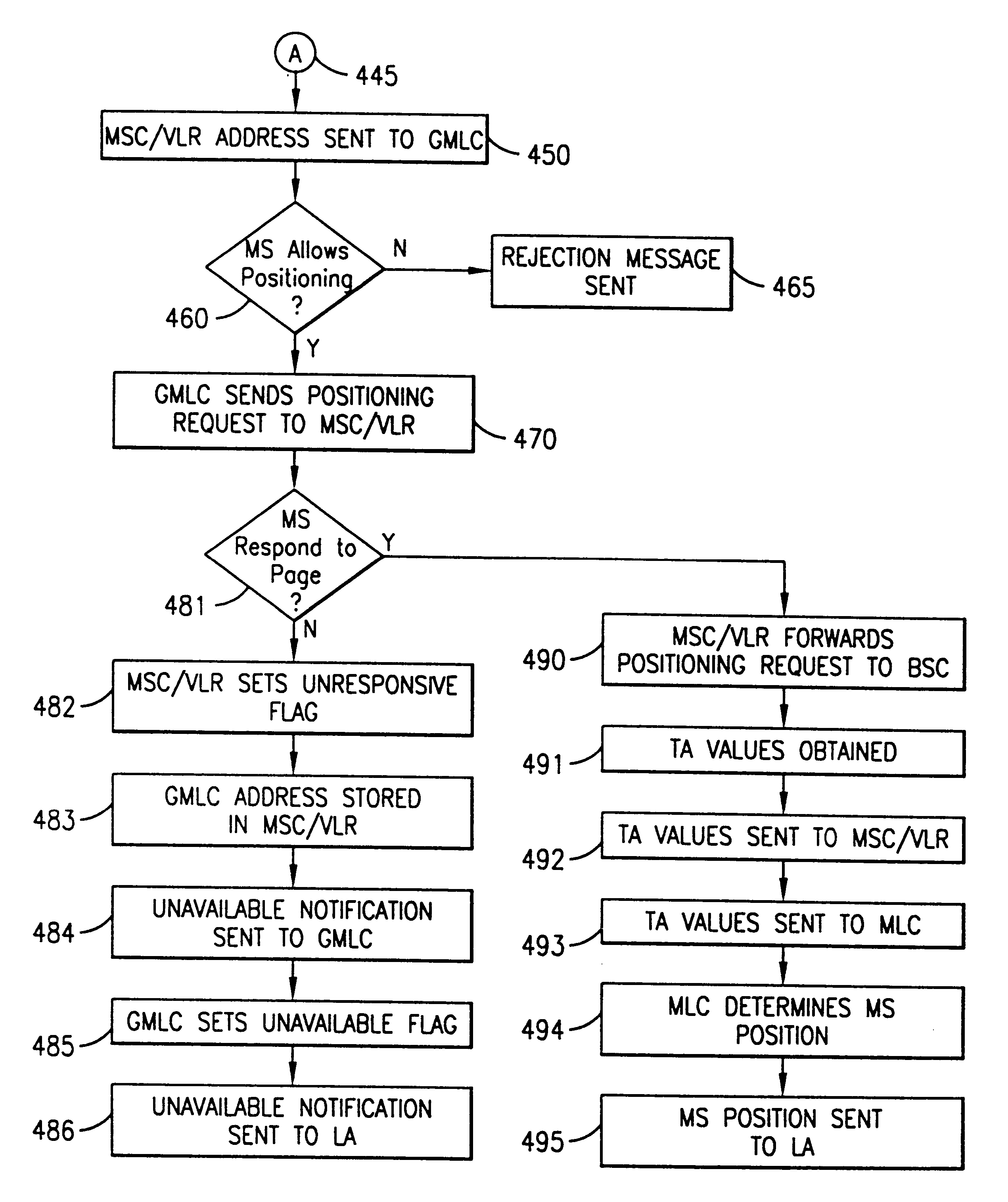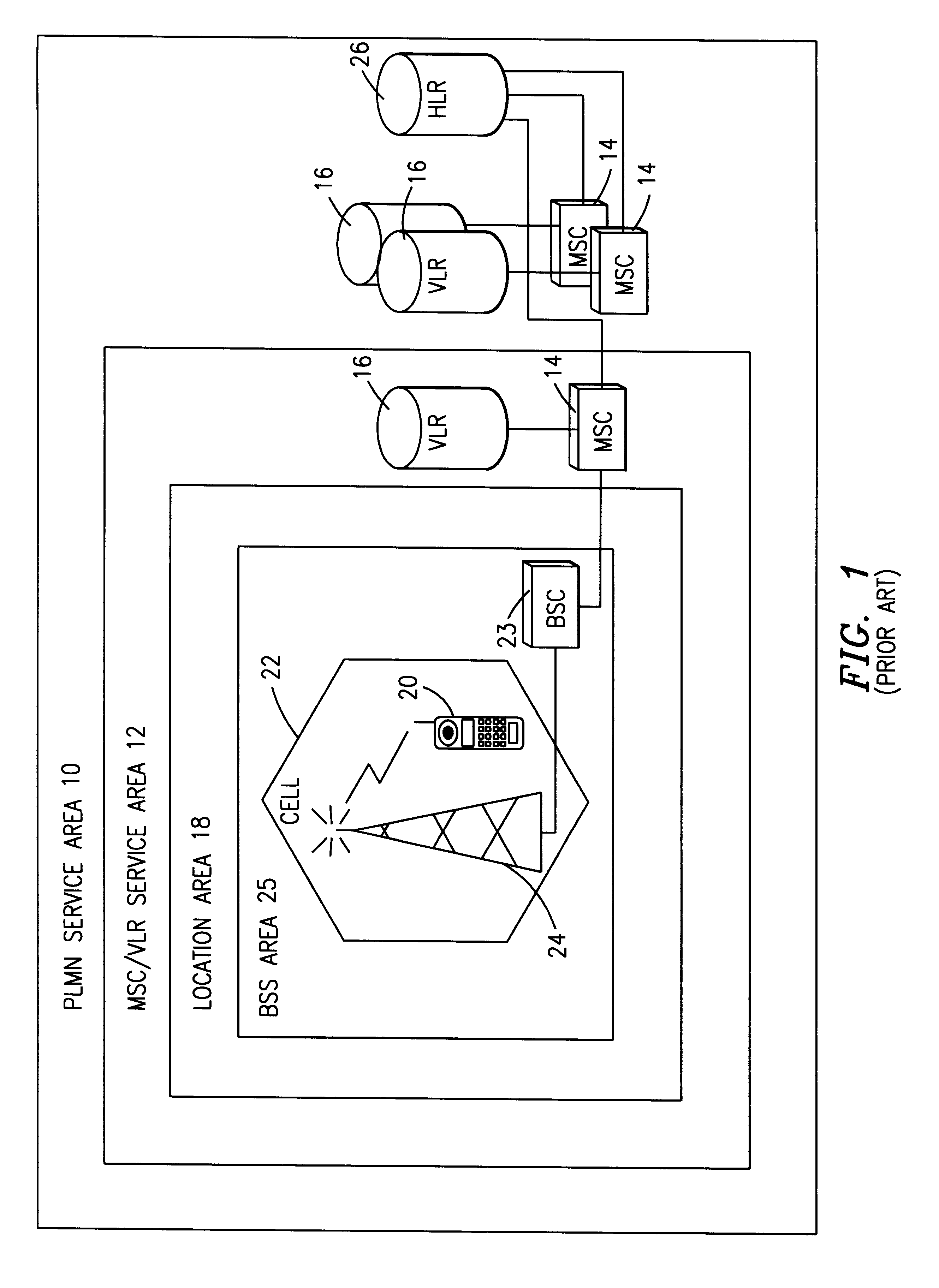System and method for providing efficient signaling for a positioning request and an indication of when a mobile station becomes available for location services
a mobile station and signaling technology, applied in the field of telecommunications systems and methods for providing efficient signaling for positioning requests and an indication of when a mobile station becomes available for location services, can solve the problems of reducing network efficiency and increasing so as to reduce unnecessary signaling, increase signaling traffic on the network, and reduce network efficiency
- Summary
- Abstract
- Description
- Claims
- Application Information
AI Technical Summary
Benefits of technology
Problems solved by technology
Method used
Image
Examples
Embodiment Construction
The numerous innovative teachings of the present application will be described with particular reference to the presently preferred exemplary embodiments. However, it should be understood that this class of embodiments provides only a few examples of the many advantageous uses of the innovative teachings herein. In general, statements made in the specification of the present application do not necessarily delimit any of the various claimed inventions. Moreover, some statements may apply to some inventive features but not to others.
With reference now to FIG. 3 of the drawings, prior to sending a positioning request, a Location Application (LA) 280 must first register with a positioning gateway, e.g., for GSM networks, a Gateway Mobile Location Center (GMLC) 250, and define within, for example, a database 255 within the GMLC 250 its location services profile 258, e.g., all of the relevant service parameters specific to that LA 280. For example, the LA 280 can define whether the LA 280...
PUM
 Login to View More
Login to View More Abstract
Description
Claims
Application Information
 Login to View More
Login to View More - R&D
- Intellectual Property
- Life Sciences
- Materials
- Tech Scout
- Unparalleled Data Quality
- Higher Quality Content
- 60% Fewer Hallucinations
Browse by: Latest US Patents, China's latest patents, Technical Efficacy Thesaurus, Application Domain, Technology Topic, Popular Technical Reports.
© 2025 PatSnap. All rights reserved.Legal|Privacy policy|Modern Slavery Act Transparency Statement|Sitemap|About US| Contact US: help@patsnap.com



